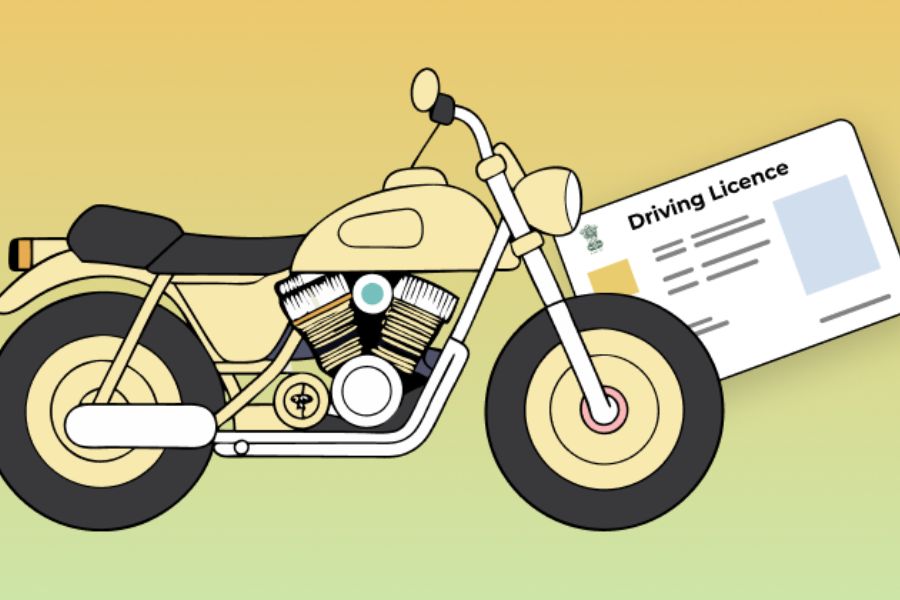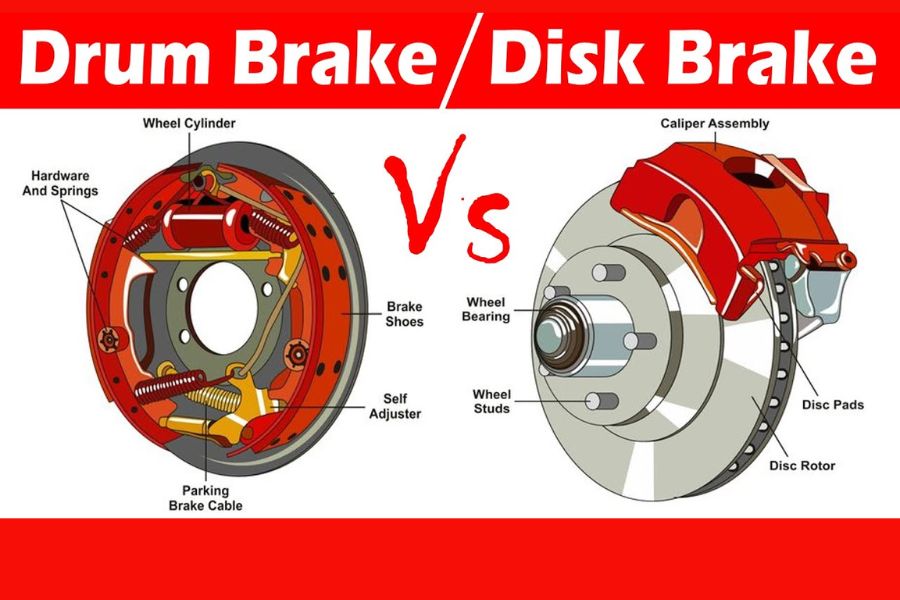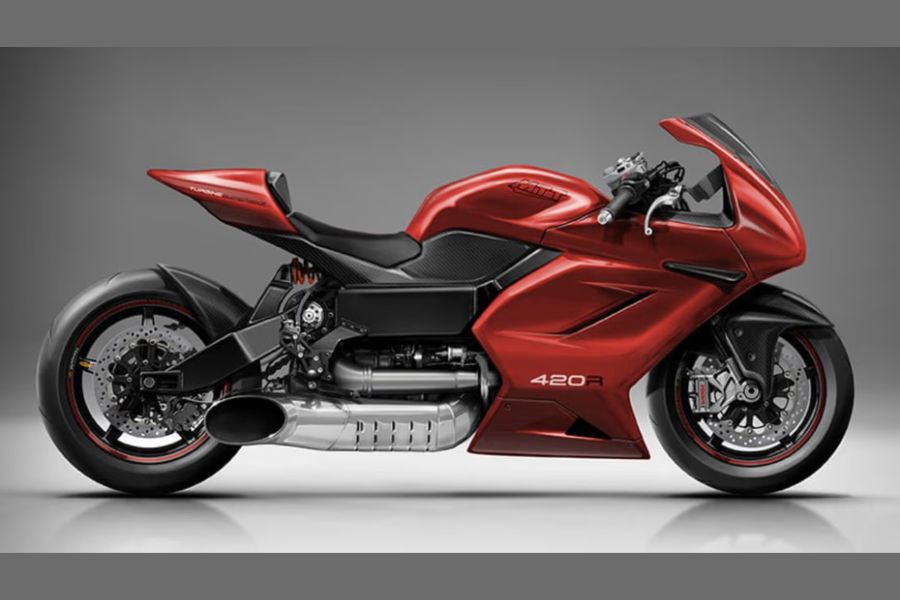Teflon coating and ceramic coating are two popular options for protecting surfaces, especially in the automotive industry. Both coatings offer distinct advantages and have their own set of pros and cons. Let’s explore them in more detail:
Teflon Coating
Pros:
1. Nonstick properties: Teflon is well-known for its nonstick characteristics, making it ideal for applications where low friction and easy release of substances are desired. In the automotive context, it can make it easier to clean and maintain the surface, as dirt, grime, and even some adhesives have a harder time sticking to Teflon-coated surfaces.
2. Chemical resistance: Teflon is highly resistant to chemicals, including acids, solvents, and corrosive substances. This property helps protect the underlying surface from damage and corrosion caused by exposure to various chemicals.
3. High temperature resistance: Teflon can withstand high temperatures without degrading or releasing harmful fumes. This makes it suitable for applications that involve heat or thermal cycling.
Cons:
1. Less scratch resistance: Teflon coatings are not as scratch-resistant as ceramic coatings. Over time, the coating can develop scratches and wear off, requiring reapplication to maintain its effectiveness.
2. Limited durability: While Teflon is known for its durability, it may not withstand certain aggressive conditions, such as abrasive cleaning methods or heavy wear and tear. Regular maintenance and reapplication might be necessary to ensure continuous protection.
Ceramic Coating
Pros:
1. Excellent durability: Ceramic coatings provide exceptional durability and long-lasting protection. They can withstand harsh conditions, including UV rays, chemicals, and high temperatures, for an extended period. Ceramic coatings can maintain their effectiveness for several years, reducing the need for frequent reapplication.
2. Superior scratch resistance: Ceramic coatings offer better scratch resistance compared to Teflon. They can help protect the surface from light scratches caused by normal use and provide an extra layer of defense against minor abrasions.
3. Hydrophobic properties: Ceramic coatings create a hydrophobic surface, causing water to bead and roll off easily. This property can make it easier to clean the surface and prevent water spots, keeping the coated surface looking cleaner for longer.
Cons:
1. Cost: Ceramic coatings tend to be more expensive than Teflon coatings. The higher cost is due to the advanced technology and superior durability they offer.
2. Professional application: For optimal results, ceramic coatings are usually applied by professionals. This adds to the overall cost as well as the inconvenience of finding a reputable installer.
3. Surface preparation: Proper surface preparation is crucial for the effective application of ceramic coatings. The surface needs to be thoroughly cleaned and sometimes polished before applying the coating. This preparation process can be time-consuming and requires careful attention to detail.
In summary, Teflon coatings are valued for their nonstick and chemical resistance properties, while ceramic coatings offer superior durability, scratch resistance, and hydrophobic properties. Consider your specific needs, budget, and the level of protection you desire when deciding between the two options.
Here are some key differences between Teflon coating and ceramic coating
1. Composition: Teflon coating is a brand name for a type of fluoropolymer made of polytetrafluoroethylene (PTFE), while ceramic coating is typically made of nanoparticles of silica dioxide or titanium dioxide suspended in a liquid carrier.
2. Application: Teflon coating is commonly applied as a spray or liquid and requires baking or curing at high temperatures to bond to the surface. Ceramic coating is also applied as a liquid but doesn’t require baking. It chemically bonds to the surface, creating a durable protective layer.
3. Thickness: Teflon coatings are relatively thin and typically measure around 0.2 to 0.3 microns. Ceramic coatings, on the other hand, are thicker and can range from 1 to 2 microns or more, depending on the number of layers applied.
4. Durability: Ceramic coatings are generally more durable than Teflon coatings. They can withstand harsh conditions, such as UV rays, chemicals, and high temperatures, for an extended period. Teflon coatings, while durable, may not hold up as well under aggressive conditions or heavy wear and tear.
5. Scratch Resistance: Ceramic coatings offer better scratch resistance compared to Teflon coatings. They can help protect the surface from light scratches caused by normal use. Teflon coatings, on the other hand, are less scratch-resistant and can develop scratches and wear off over time.
6. Hydrophobic Properties: Both Teflon and ceramic coatings provide some degree of hydrophobicity, meaning they repel water and make it easier to clean the surface. However, ceramic coatings are known for their superior hydrophobic properties, causing water to bead and roll off more effectively.
7. Cost: Ceramic coatings are generally more expensive than Teflon coatings. The cost difference is due to the advanced technology, durability, and longer-lasting protection that ceramic coatings offer.
8. Professional Application: While both coatings can be applied by professionals, ceramic coatings often require professional application for optimal results. Teflon coatings can be applied by professionals or even as DIY projects.
It’s important to note that both Teflon coating and ceramic coating have their own strengths and weaknesses. The choice between them depends on factors such as the desired level of protection, budget, and specific application requirements.
Read More:




